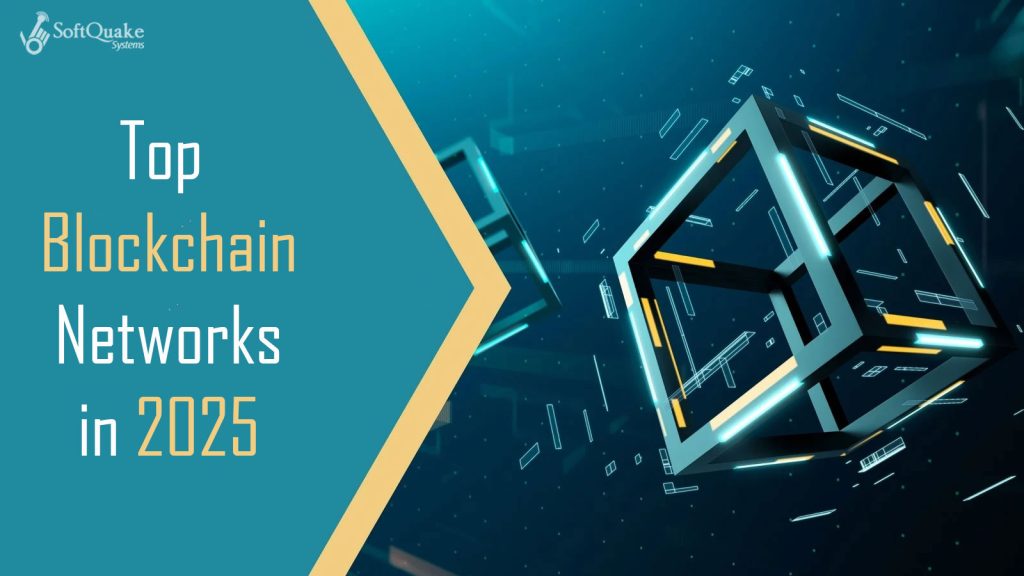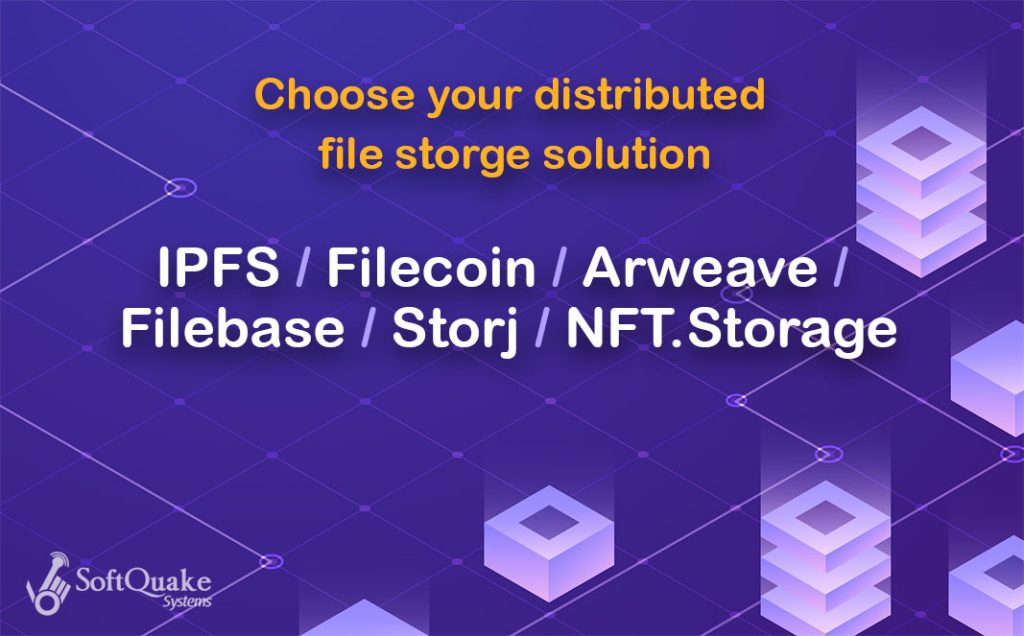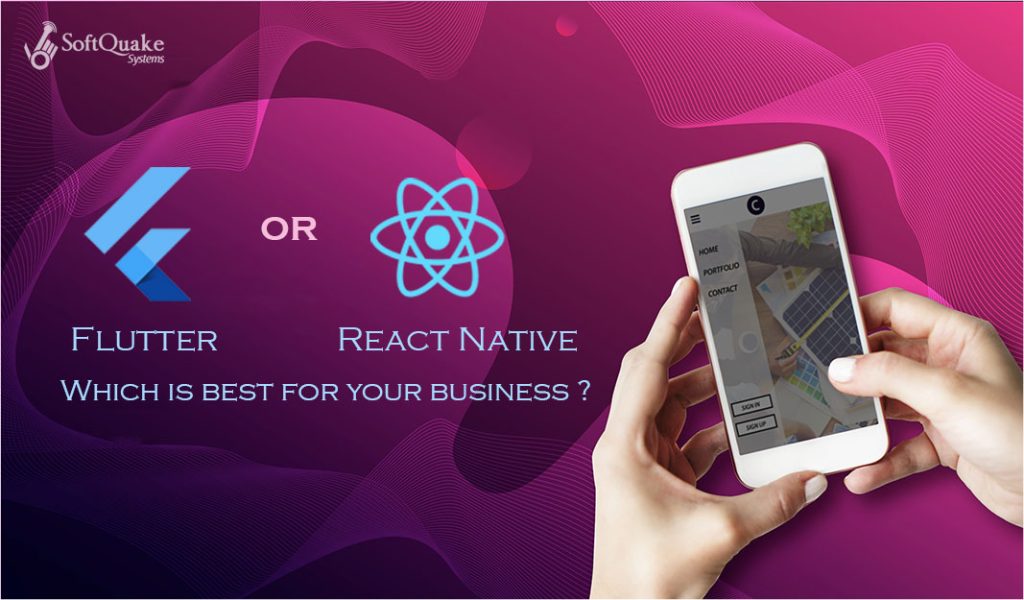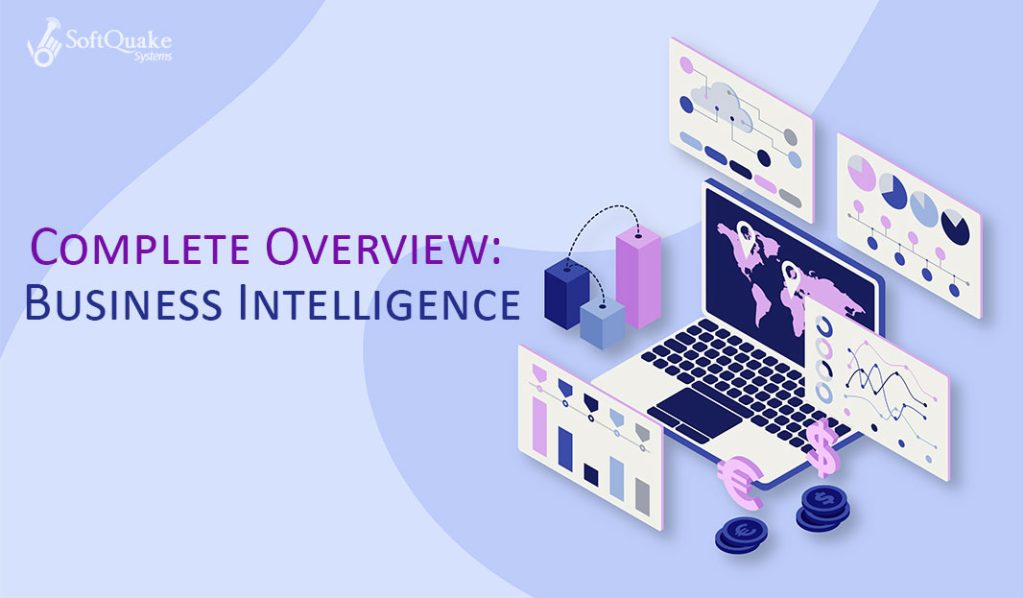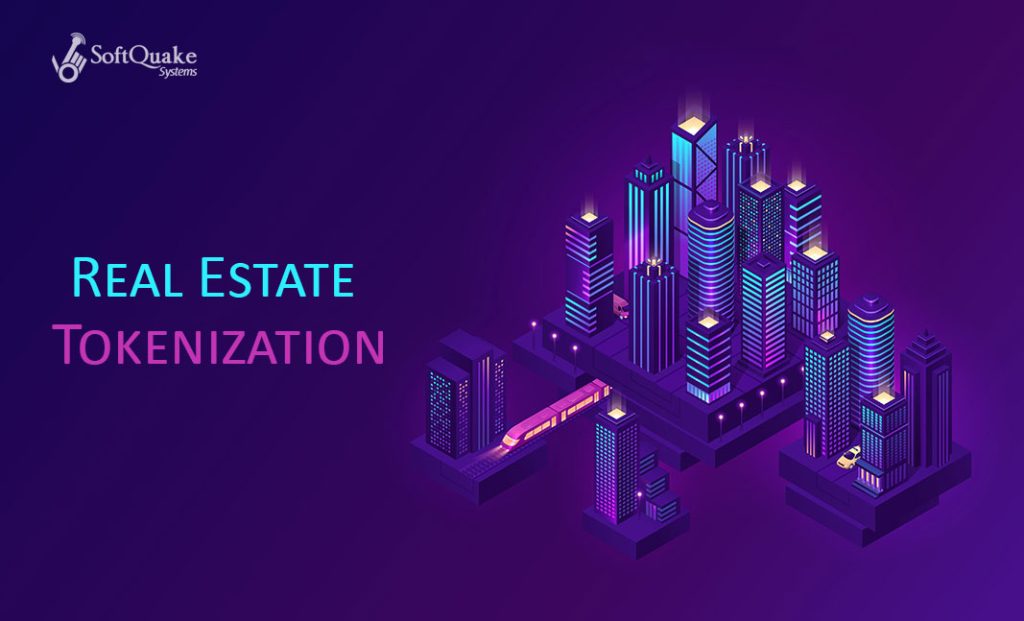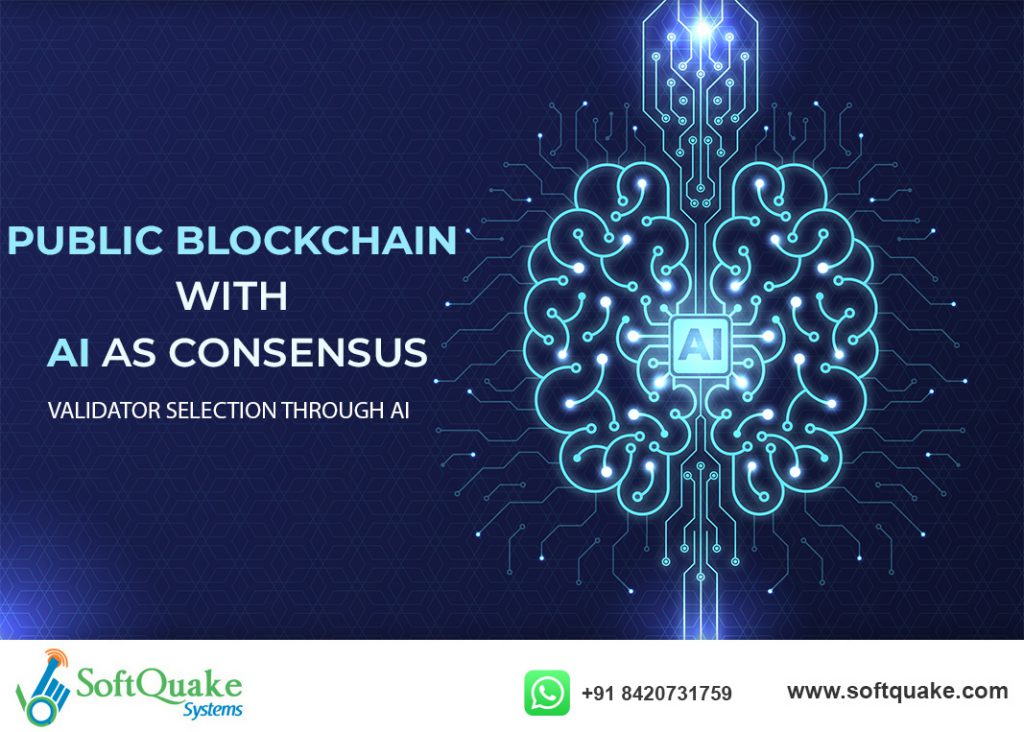
Web 3.0 is a proposed future iteration of the World Wide Web that emphasizes decentralization, user ownership of data, and a more intelligent and user-friendly web experience. It leverages technologies like blockchain, artificial intelligence (AI), and the Internet of Things (IoT).
Web 1.0 vs Web 2.0 vs Web 3.0
Web 1.0 : This was the read-only web, where users primarily consumed information from static websites. Think simple HTML pages with limited user interaction.
Web 2.0 : This is the interactive web we know today. It’s characterized by user-generated content, social media, and cloud-based applications.
Web 3.0 : This is the theorized next step, aiming for a more intelligent, semantic web. It focuses on decentralization (less reliance on big tech companies), user control of data, and a more interconnected web experience.
| Web 1.0 (Static Web) | Web 2.0 (Dynamic Web) | Web 3.0 (Semantic Web) | |
| Timeframe | 1990s to early 2000s | Early 2000s to present | Emerging (early 2020s onwards). |
| Characteristics | Static and read-only web pages, limited interaction, content provided by a small number of creators, and limited user participation | Dynamic and interactive web pages, user-generated content, social media, collaboration, and the rise of web applications. | Decentralized networks, AI-driven content, blockchain for security and transparency, interconnected data, and personalized user experiences. |
| Example Technologies | HTML, GIFs, and simple hyperlinks. | JavaScript, AJAX, HTML5, social media platforms (e.g., Facebook, Twitter). | Blockchain, smart contracts, AI, IoT. |
Key Features of Web 3.0
- Decentralization: Data and applications are distributed across networks without central control, often utilizing blockchain technology.
- Semantic Understanding: Enhanced data interoperability and usability through AI and machine learning, enabling machines to understand and interpret data like humans.
- Enhanced Privacy and Security: Greater emphasis on user privacy and data security through encryption and decentralized identity management.
- Personalization: Tailored user experiences powered by AI analyzing user preferences and behaviors.
- Interoperability: Seamless interaction across different platforms and devices, thanks to common standards and protocols.
Web 3.0 Architecture
The architecture of Web 3.0 is built upon several foundational technologies and principles:
- Blockchain and Distributed Ledger Technologies: Ensure data integrity, transparency, and decentralization.
- Smart Contracts: Automate and enforce agreements and transactions without intermediaries.
- Decentralized Applications (dApps): Applications that run on a peer-to-peer network rather than centralized servers.
- AI and Machine Learning: Enable more intelligent data processing and decision-making.
- Interoperability Protocols: Facilitate communication and data exchange across diverse systems and platforms.
Web 3.0 and its Impacts
Web 3.0 is poised to have profound impacts across various sectors:
- Finance: Decentralized finance (DeFi) offers financial services without traditional intermediaries, increasing access and reducing costs.
- Healthcare: Enhanced data sharing and AI-driven diagnostics improve patient care and medical research.
- Education: Personalized learning experiences and broader access to educational resources.
- Commerce: More secure and transparent supply chains, along with new business models enabled by smart contracts and decentralized marketplaces.
Why Web 3.0 Is Important for the Evolving World
Web 3.0 is crucial because it addresses many of the limitations and challenges of the current internet:
- Empowerment: Users gain control over their own data and digital identities.
- Innovation: New technologies and business models emerge from decentralized and open networks.
- Efficiency: Automated processes reduce the need for intermediaries and lower transaction costs.
- Trust: Blockchain ensures data integrity and transparency, building greater trust in digital transactions.
Conclusion
Web 3.0 represents a significant leap forward in the evolution of the internet. By combining decentralization, AI, and enhanced data interoperability, it promises a more secure, user-centric, and intelligent web experience. As Web3.0 technologies continue to develop and mature, they are likely to transform numerous industries, drive innovation, and empower users like never before. The transition to Web 3.0 will not only redefine how we interact with the internet but also how we engage with each other and the digital world at large.


 +91 8420731759
+91 8420731759
